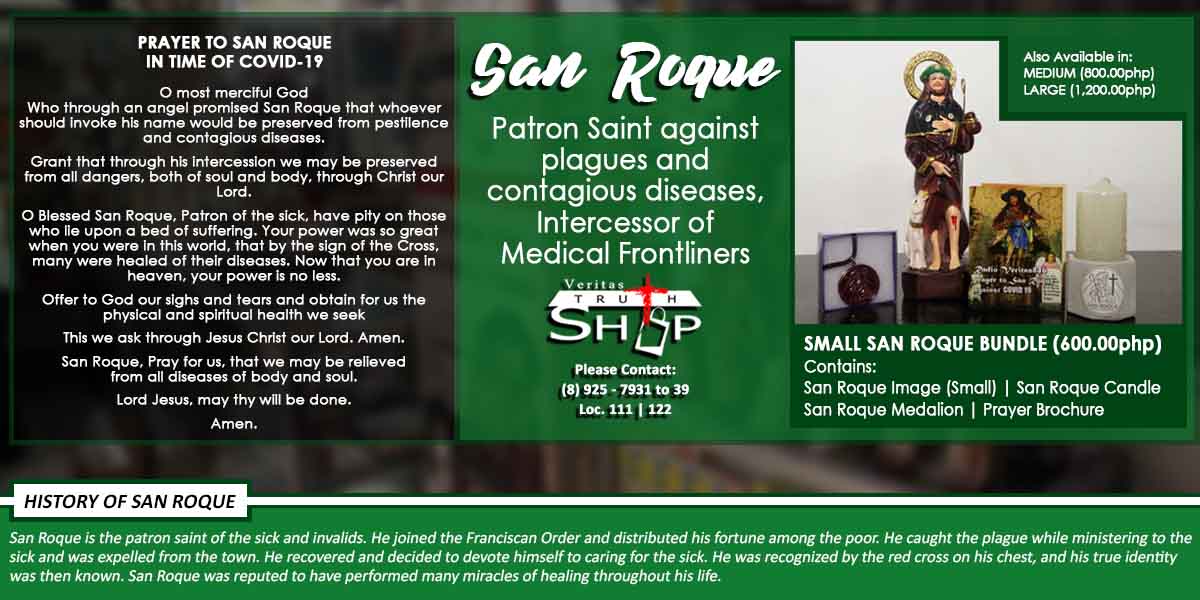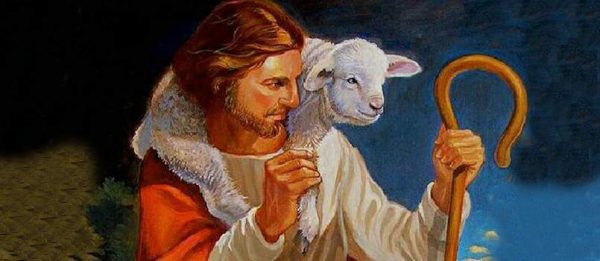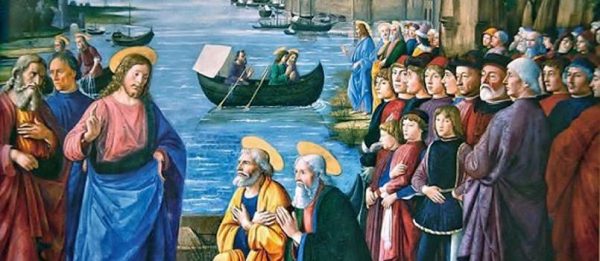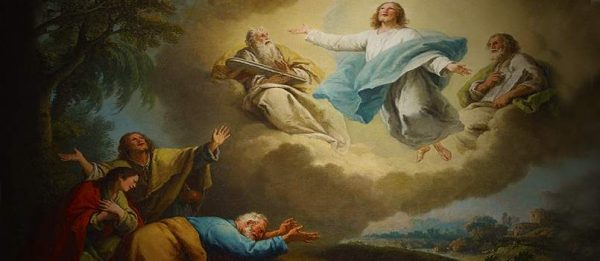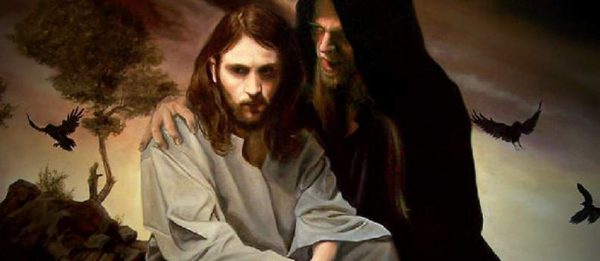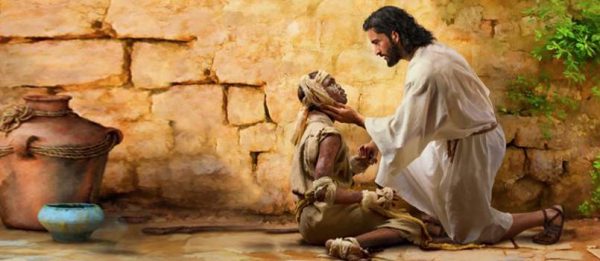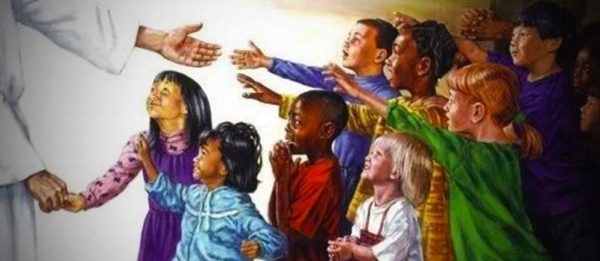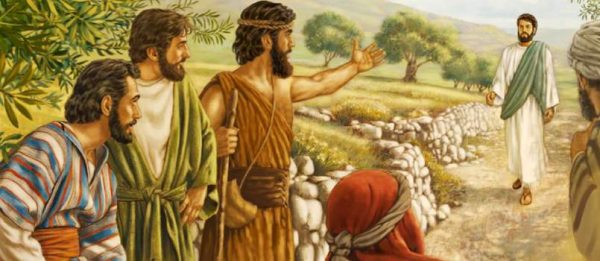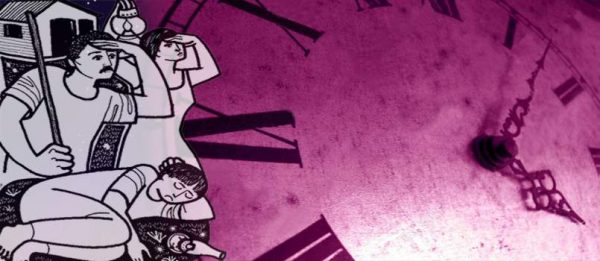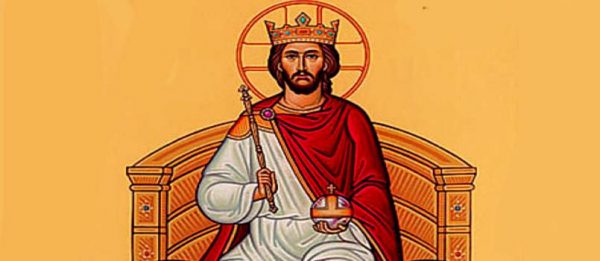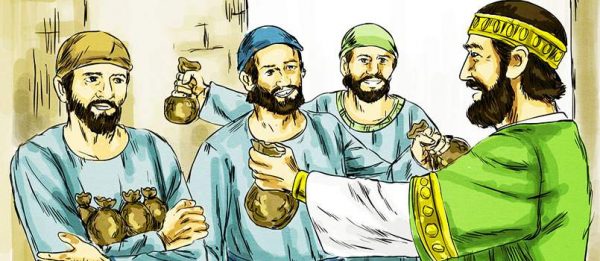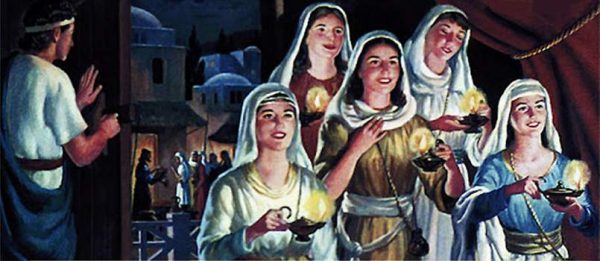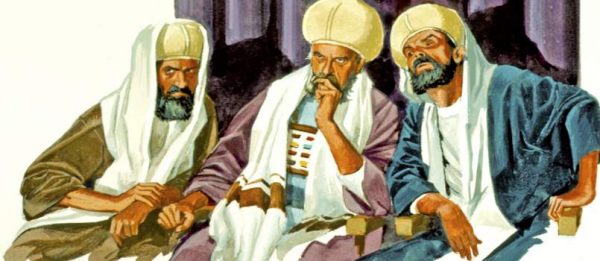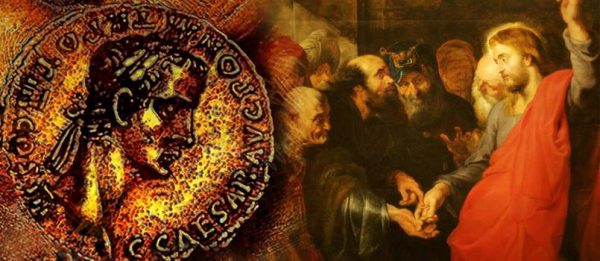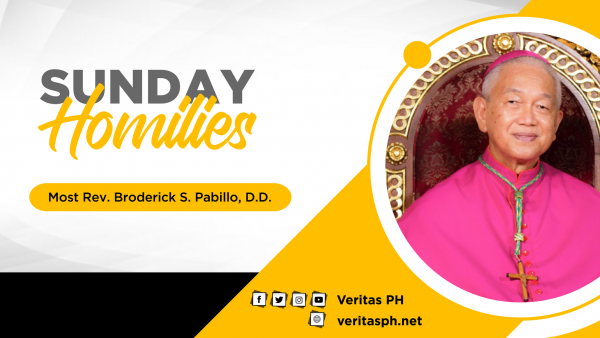444 total views
The past week was very unusual: I feel it was more seen as a long weekend than a celebration of All Saints Day and All Souls Day. Facebook teemed with so many photos of families and friends going to Baguio or even abroad for vacation while newscasts reported of great numbers of people in memorial parks. Maybe it is a sign of the times that people still continue to celebrate Christian feasts without Jesus Christ like Christmas and Easter that have become so commercialized and very popular even in non-Christian societies. What I find really amusing as a pastor was the sight of cemeteries overcrowded with people all day and all night despite the sun and the rains while pews in most churches were empty last November first. Mas maraming kaluluwa sa simbahan kaysa mga buhay na nasa sementeryo!
Our Sunday gospel is inviting us to reflect on the Resurrection, the foundation of our faith. We may not be like the Sadducees who totally denied it but we could be their modern versions who totally misunderstand the resurrection simply as “afterlife” that many of us also believe in reincarnation and other similar Eastern or New Age thoughts.
Some Sadducees, those who deny that there is a resurrection, came forward and put this question to Jesus, saying, “Teacher, Moses wrote for us, ‘If someone’s brother dies leaving a wife but no child, his brother must take the wife and raise up descendants for his brother.’ Now there were seven brothers; the first married a woman but died childless. Then the second and the third married her, and likewise all the seven died childless. Finally the woman also died. Now at the resurrection whose wife will that woman be? For all seven had been married to her.” (Lk.20:27-33)
The Sadducees during the time of Jesus Christ may be considered as “fundamentalists” who solely regarded the Pentateuche as the only source of truth that they disregarded oral traditions among Jews of that time like the resurrection of the dead, existence of angels and immortality of soul. Today Jesus is in the temple area in Jerusalem inviting them, and us, to focus more on Himself than on proofs in the Scriptures about the Resurrection because He is the very One whom Moses, and the entire Old Testament was referring to as God of the living: “That the dead will rise even Moses made known in the passage about the bush, when he called ‘Lord’ the God of Abraham, the God of Isaac, and the God of Jacob; and he is not God of the dead, but of the living, for to him all are alive.” (Lk.20:37-38) Furthermore, if Jesus were not Resurrected, God would not only be a God of the dead but in fact a dead God! Belief in the resurrection calls for a “faith response” from people who have encountered God, calling for a “shift” or change in attitudes and life. The analogy of the Sadducees was downright wrong because they have veered away from God and centered more on man that it was a problem on who would be the husband of the deceased woman at the resurrection. More than a life after death, the resurrection is life living in the perfect image and likeness of God as attested by the Lord’s Resurrection. Even Jesus was not very specific about resurrection but we can be sure of it based on the gospel accounts of the first Easter. Christ’s Resurrection was clearly beyond this world but very real as the Apostles have witnessed. Examine the Resurrection stories wherein the Apostles along with other witnesses up to St. Paul in Damascus who all experienced doubts and fears amid certainty and joys in seeing and experiencing Jesus Christ who showed His wounds and ate with them to prove He was not a ghost. It would be useless and pointless to ask on tangible proofs for something that is beyond physical.
What the Lord was presenting with the Sadducees then and with us today is the good news of the Resurrection that is an opening up of new possibilities for our existence “like angels who could no longer die”, offering a new and better future that begins now. This is the message of the first reading: more than the heroism of the seven brothers in facing death, it was their firm belief in the resurrection that ushered in a new phase not only in their very lives but with their countrymen left behind. When we celebrate the Holy Mass, we do a sort of “dress rehearsal” of our own resurrection and entrance into heaven wherein we encounter and experience God in His words, in His Body and Blood and from those celebrating among us in the congregation. We hardly notice in every Mass celebration the little by little transformations we undergo into better persons until one day when we look back in our lives, with all the small deaths we have gone through like failures and defeats, betrayals and infidelities, sickness and other problems we have hurdled, we somehow feel deep inside us of God’s life and love very true, undeniably real because our life is not only restored but most of all, our life is changed for the better! Hence, the need to pray always for one another as St. Paul calls on us in our second reading to deliver us from “perverse and wicked people” who refuse to believe in God. And if we examine closely, sometimes the very reason why some people refuse to believe in God is because we who believe in God refuse to live as His beloved children. The real proof of the resurrection if found in our faith response to our encounter with the living God in Christ Jesus.
In the Old Testament, the Scriptures are filled with constant citation of an old Jewish saying that “nobody sees the face of God and lives again.” According to the Church Fathers, it means that anyone who “meets” God is always transformed into a better person. In the movie “Ten Commandments,” there is that scene that after meeting with God, the face of Moses was transformed but he had to cover it with veil because of the sinfulness of the Israelites below. In the New Testament, St. Paul explained that because of our sinfulness, our faces have been covered with veil until the Passion, Death and Resurrection of Jesus Christ who removed this veil covering our faces so that “All of us, gazing with unveiled face on the glory of the Lord, are being transformed into the same image from glory to glory, as from the Lord who is the Spirit.” (2Cor.3:18) From this Pauline passage came our old burial custom in Christian funeral rites wherein just before the deceased is slid into the final resting place, a white handkerchief in placed to cover his/her face. The idea is that upon the Resurrection, Jesus Christ would welcome the deceased by removing that white handkerchief from his/her face so that the very first person he/she meets in heaven is none other than the Lord Himself, the living God.
“Lord Jesus Christ, give us the courage to resurrect from our sinfulness to become Your face of love and kindness, Your face of mercy and understanding so that we may have the face to see in Your glory in heaven. Amen.”
Fr. Nicanor F. Lalog II
Parokya ni San Juan Apostol at Ebanghelista
Gov. F. Halili Ave., Bagbaguin, Sta. Maria, Bulacan.










